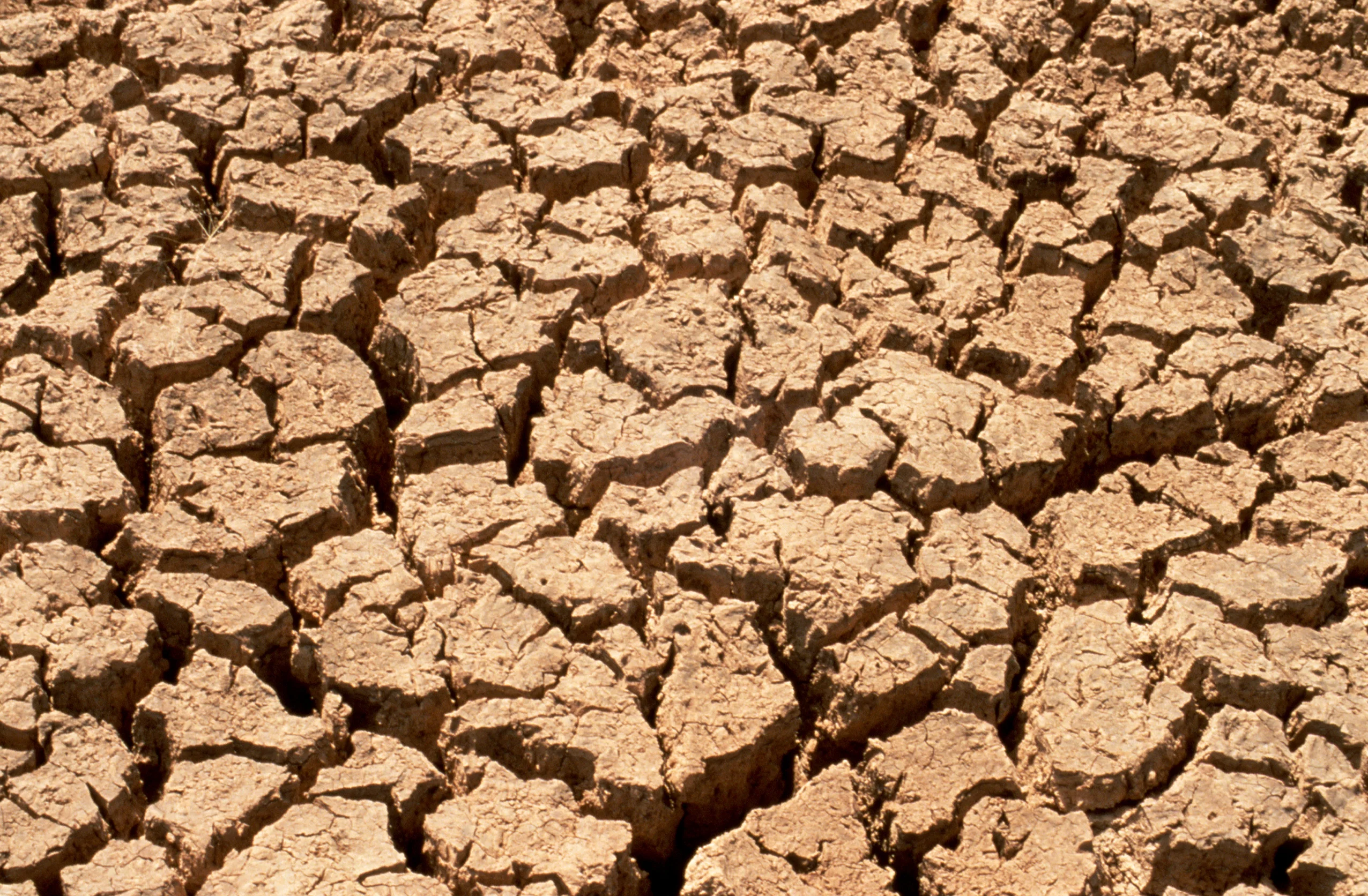The Climate Council has issued ‘Thirsty Country: Climate Change and Drought in Australia’ (by Will Steffen)
There four key findings which make for compelling, if somewhat sobering reading ….
1. Climate change is likely making drought conditions in southwest and southeast Australia worse.
- Fronts from the Southern Ocean, which typically bring rain across southern Australia during winter and spring, have shifted southwards with a warming climate, leading to declines in rainfall in southwest and southeast Australia and increasing the risk of drought conditions in these regions.
- Since the mid-1990s, southeast Australia has experienced a 15 percent decline in the late autumn and early winter rainfall and a 25 percent decline in average rainfall in April and May.
- Average annual stream flow into Perth’s dams has already decreased by nearly 80 percent since the mid-1970s.
- Climate change is driving an increase in the intensity and frequency of hot days and heatwaves in Australia, in turn increasing the severity of droughts.
2. Droughts have far-reaching impacts on health, agriculture and native species in Australia.
- The relative risk of suicide can increase by up to 15 percent for rural males aged 30-49 as the severity of drought increases.
- Between 2002 and 2003 decreases in agricultural production due to drought resulted in a 1 percent fall in the Gross Domestic Product (GDP), which is equivalent to half of Australia’s decline in annual GDP following the global financial crisis in 2009.
3. Water scarcity will become an increasing challenge as the pressure on urban water supplies intensifies.
- Water inflows to key Sydney dams such as Warragamba and Shoalhaven could decrease by as much as 25 percent by 2070 if greenhouse gas emissions continue on their current trajectory.
- Annual water demand is projected to outstrip supply in Perth and surrounding regions by as much as 85 billion litres by 2030. That’s enough water to fill 34,000 Olympic sized swimming pools.
- Average annual stream flows to Melbourne’s four major water harvesting storages could decrease by seven percent by 2020 and by 18 percent by 2050.
4. Droughts are likely to worsen in severity and duration in southern Australia if greenhouse gas emissions are not cut deeply and rapidly.
- Average rainfall in southern Australia during the cool season is expected to decline further, and the time spent in drought conditions is projected to increase.
- In Western Australia total reductions in autumn and winter precipitation could be potentially as high as 50 percent in the next 80 years.
- To stabilise the climate, we must rapidly reduce greenhouse gas emissions, increase investment in clean energy, and most of the world’s fossil fuel reserves – coal, oil and gas – must remain in the ground.
This story is taken from the Climate Council Website- Drought Report where you can download the full report.
Banner Image: Commons.wikimedia.org. (2000). File:CSIRO ScienceImage 607 Effects of Drought on the Soil.jpg – Wikimedia Commons. [online] Available at: https://commons.wikimedia.org/wiki/File:CSIRO_ScienceImage_607_Effects_of_Drought_on_the_Soil.jpg
